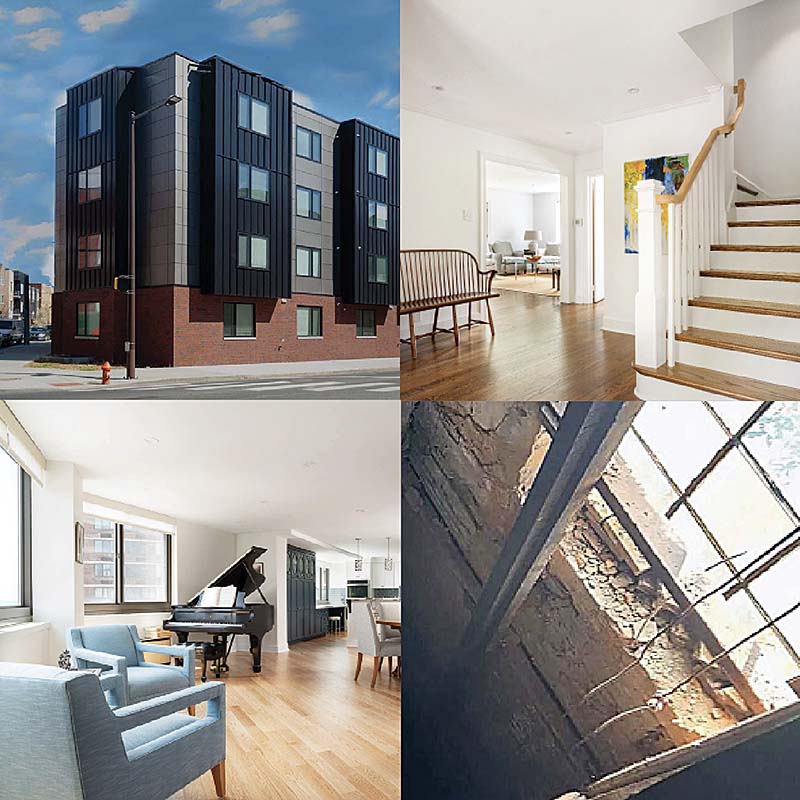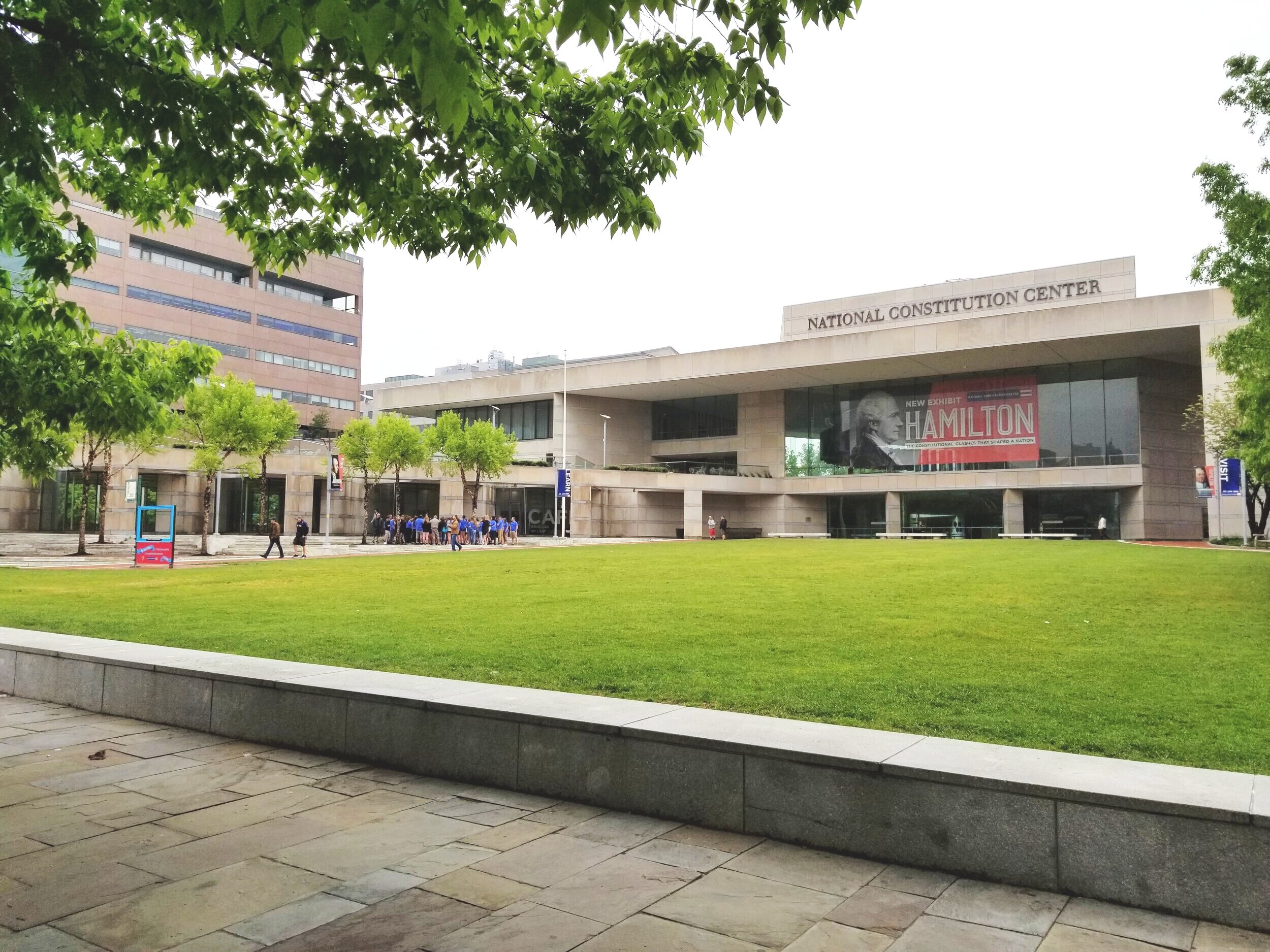Last week I had the pleasure of attending a presentation by Leigh Gallagher, author of the new book The End of the Suburbs: Where the American Dream is Moving. The event was hosted by the Delaware Valley Smart Growth Alliance and was held at a restaurant on Passyunk Avenue, which is featured in the book as an example of one type of neighborhood that people are choosing over suburbia.
About one hundred or so people were in attendance, including neighborhood leaders, real estate brokers and developers, designers, and even our City Councilman. On stage were Ms. Gallagher and Inga Saffron, a journalist for The Philadelphia Inquirer who covers architecture, design, and planning. Prompted by questions from Ms. Saffron, Gallagher gave a brief synopsis of the book and then took questions from the audience.
The two main points of the book, extremely briefly:
- The suburbs–with open space, cars, and single-family home ownership–defined the “American Dream” for a period of nearly 70 years. This definition of success was directly opposite from the image of city life.
- In recent years, the housing crisis exposed problems with the suburban style of development, exacerbating long-running economic, societal, and demographic issues. The nuclear family is no longer the dominant social structure, rising oil prices and long commutes have turned the younger generation away from cars, and cities are experiencing a renaissance that has led to the smoothing over of their rough edges.
Gallagher does not argue that the suburbs are going away, but she does make the point that recent data show a change is happening. Cities are getting healthier. People are tired of commuting for work and play.
Of course, it’s not all roses in the city. In particular, the issues surrounding public education are overwhelming, and Gallagher acknowledges that a lack of quality public education might be the biggest thing holding most cities back. There may be a “sweet spot” in the middle–older “streetcar suburbs” with their own downtowns (for example, Media, PA, where Gallagher is from) offer many of the benefits of both the city and the suburbs.
Some questions I thought about during and after the presentation:
- If the more affluent leave their suburban homes and move back to the city, improving (gentrifying?) neighborhoods and raising property values, where do the poor, who were originally left behind in dying cities, going to go? Those with limited financial means are the least equipped to re-populate the suburbs, with their dependence on cars, large plots (=higher taxes per home), and lack of adequate social services.
- If the suburbs are left abandoned, what happens to the homes and infrastructure that’s left behind?
- How will cities react to increased population? What vestiges of their old suburban lives will those new transplants bring with them? Will they be able to make themselves comfortable with less space, less stuff, and fewer cars? Or will the city begin to take on some aspects of suburban culture?
Do you have a story about moving from suburbia to the city, or vice versa? What was your experience?








